I tried out the new Canon RF 35mm F1.4 – and it's the multi-purpose prime pros have been waiting for
Canon fills a key gap in its RF lenses lineup
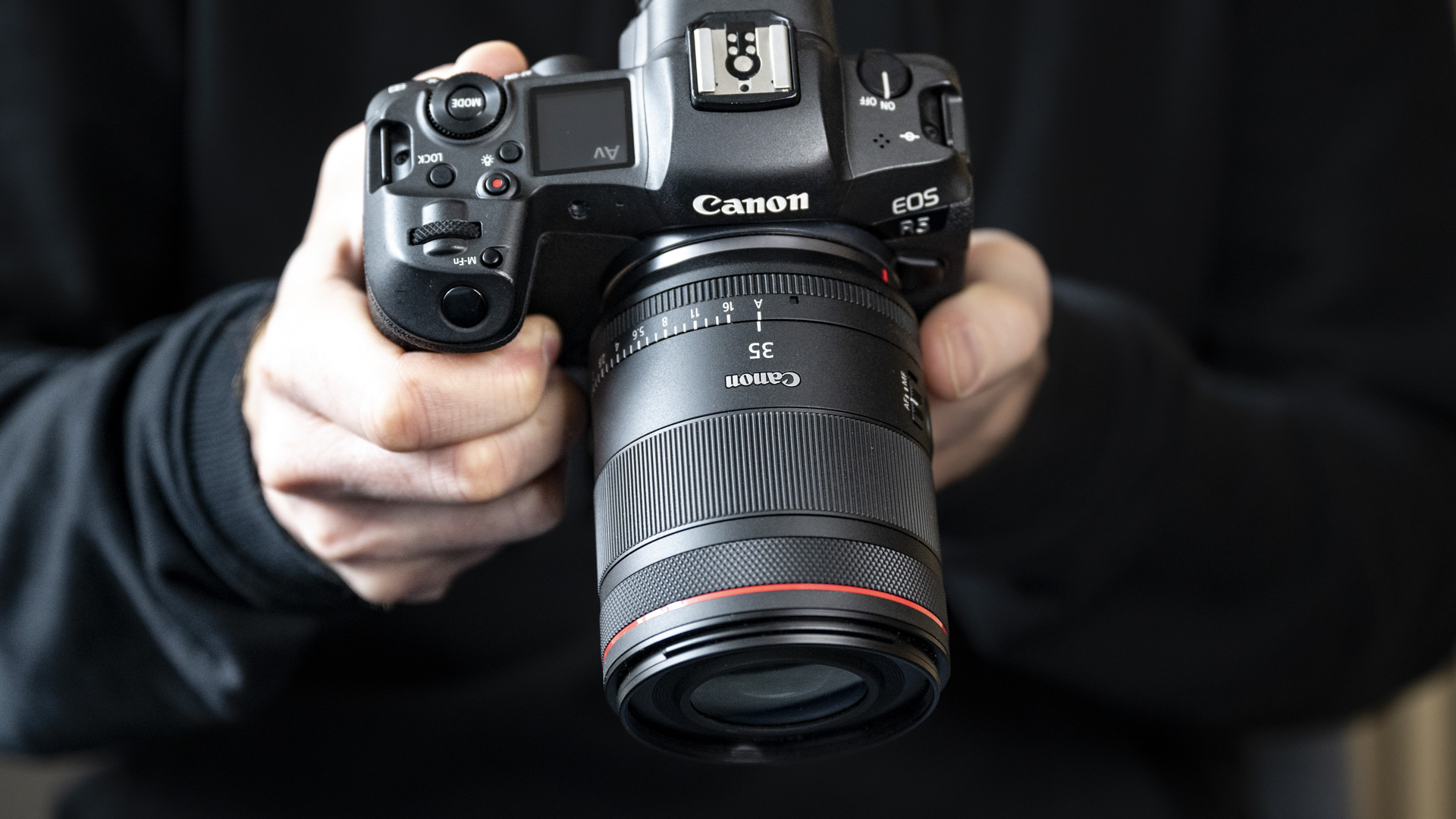
Canon has been doing a superb job of growing the lens lineup for its mirrorless cameras in a relatively short space of time, launching innovative optics like the RF 28-70mm F2L USM and staples like the RF 24-70mm f/2.8L IS USM.
Until now, however, there was one classic Canon EF-mount lens for DSLRs that hadn't had the mirrorless treatment: a 35mm f/1.4. That just changed with the unveiling of the Canon RF 35mm F1.4L VCM, which brings the total number of RF-mount lenses to 46.
The moderate-wide focal length is particularly popular for reportage photography: you'll find a 35mm f/1.4 lens in the kit bag of most professional photojournalists, plus many street, documentary and wedding photographers.
Canon's latest lens is a reimagined, modern-day Canon EF 35mm f/1.4L USM II, which is a pro lens for Canon DSLRs that was released in August 2015. You can see the lenses side by side in images I took during a hands-on session, in the gallery below.
Much has changed in camera tech in the almost 10 years between lenses, especially with Canon turning its attention from DSLR to mirrorless. For one, many of today's pros work not just in photography but video too, and the new RF 35mm F1.4 is built for such hybrid shooters.
Indeed, the RF 35mm F1.4 is the second of Canon's new breed of specifically hybrid lenses, following the RF 24-105mm F2.8L USM Z, which was launched quietly in November of last year alongside the RF 200-800mm F6.3-9 IS USM.
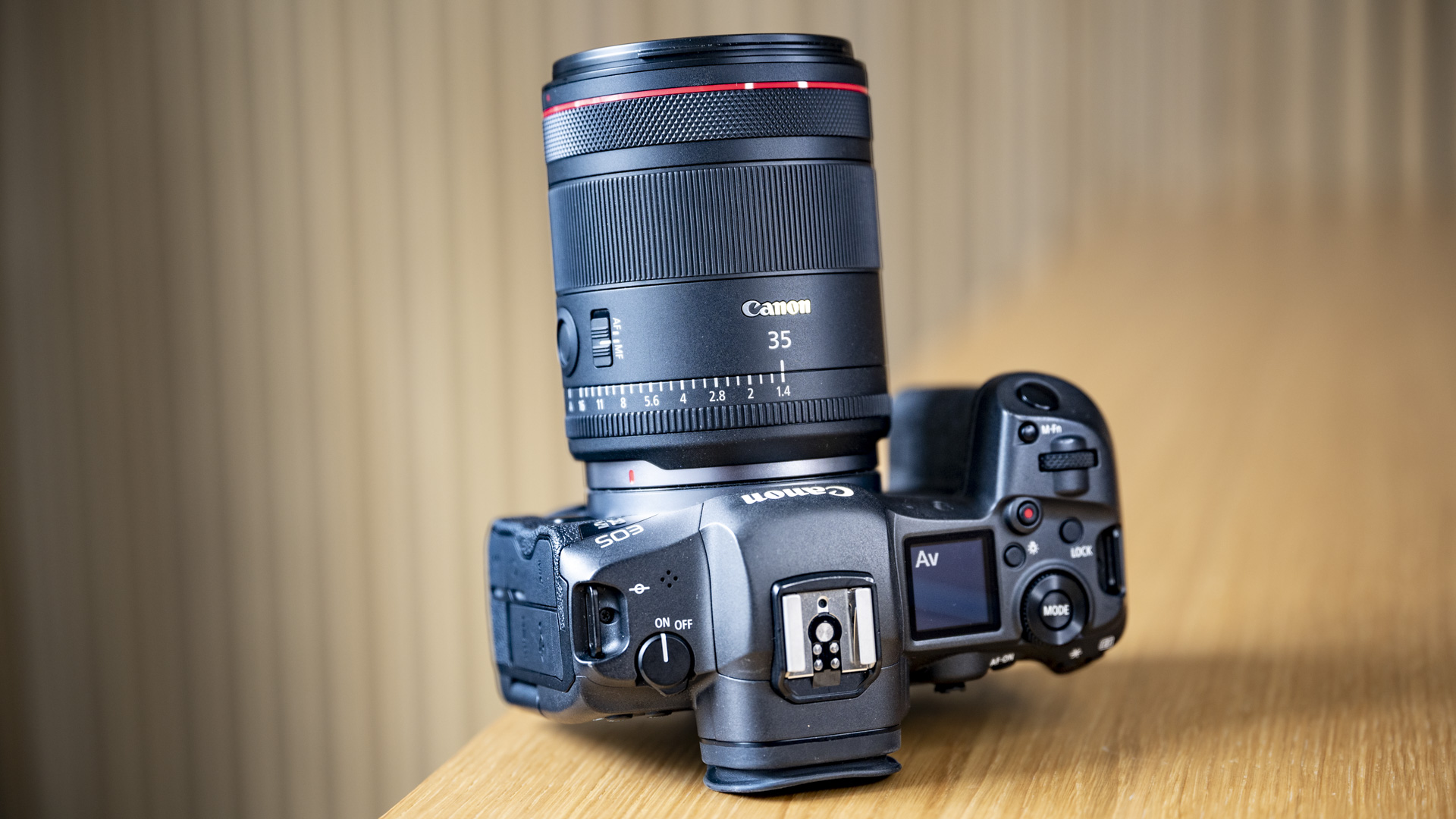
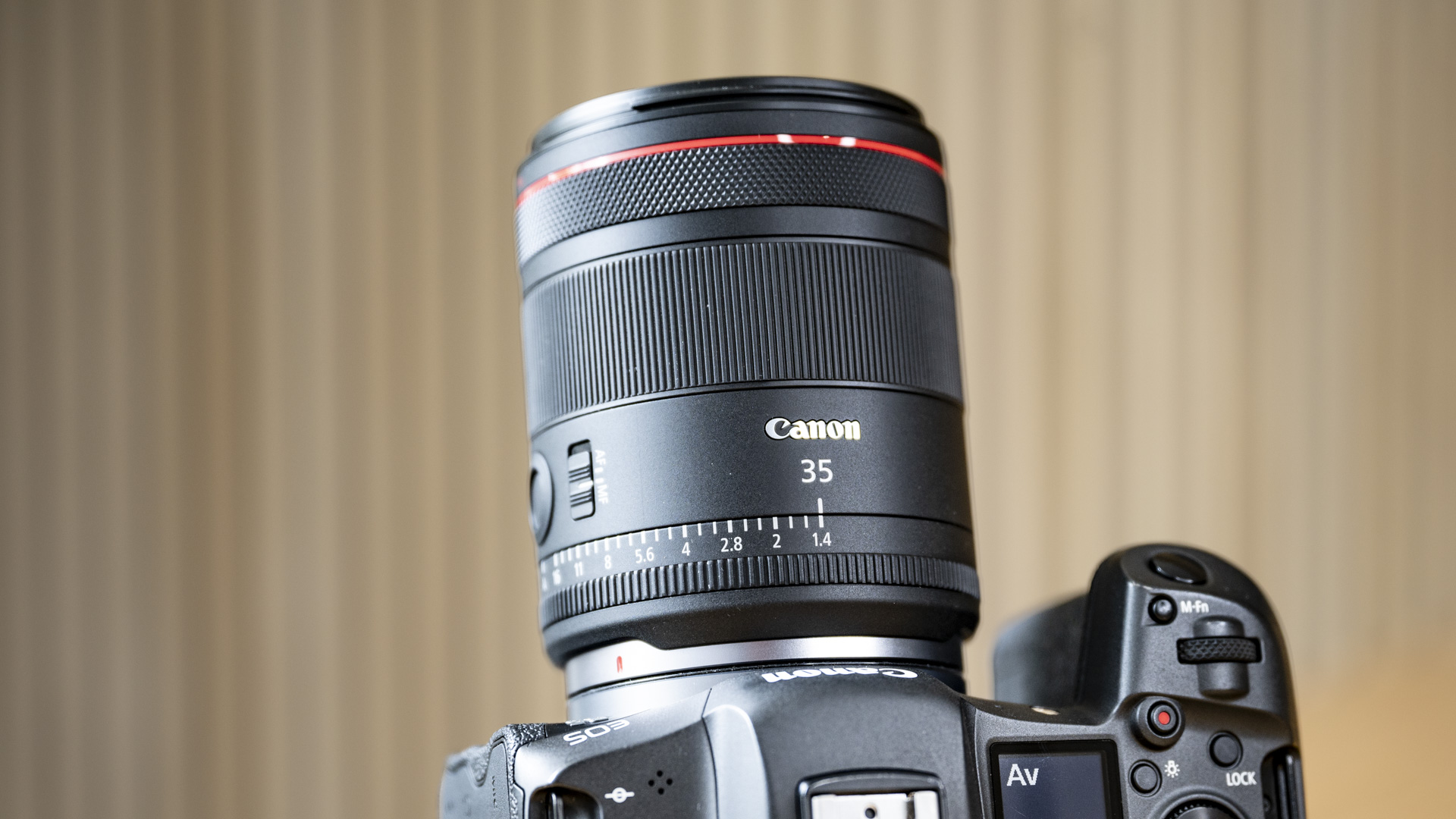
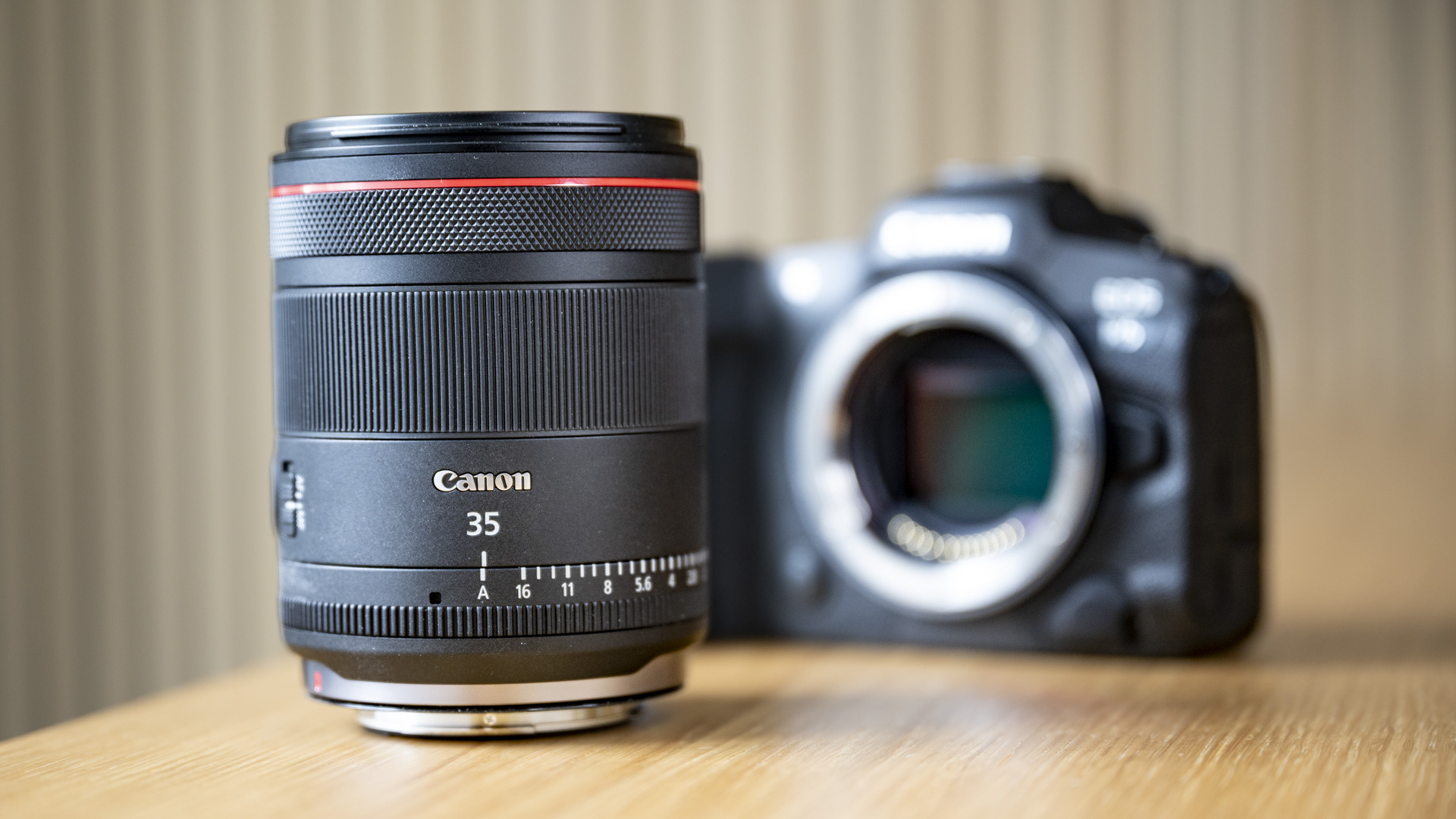
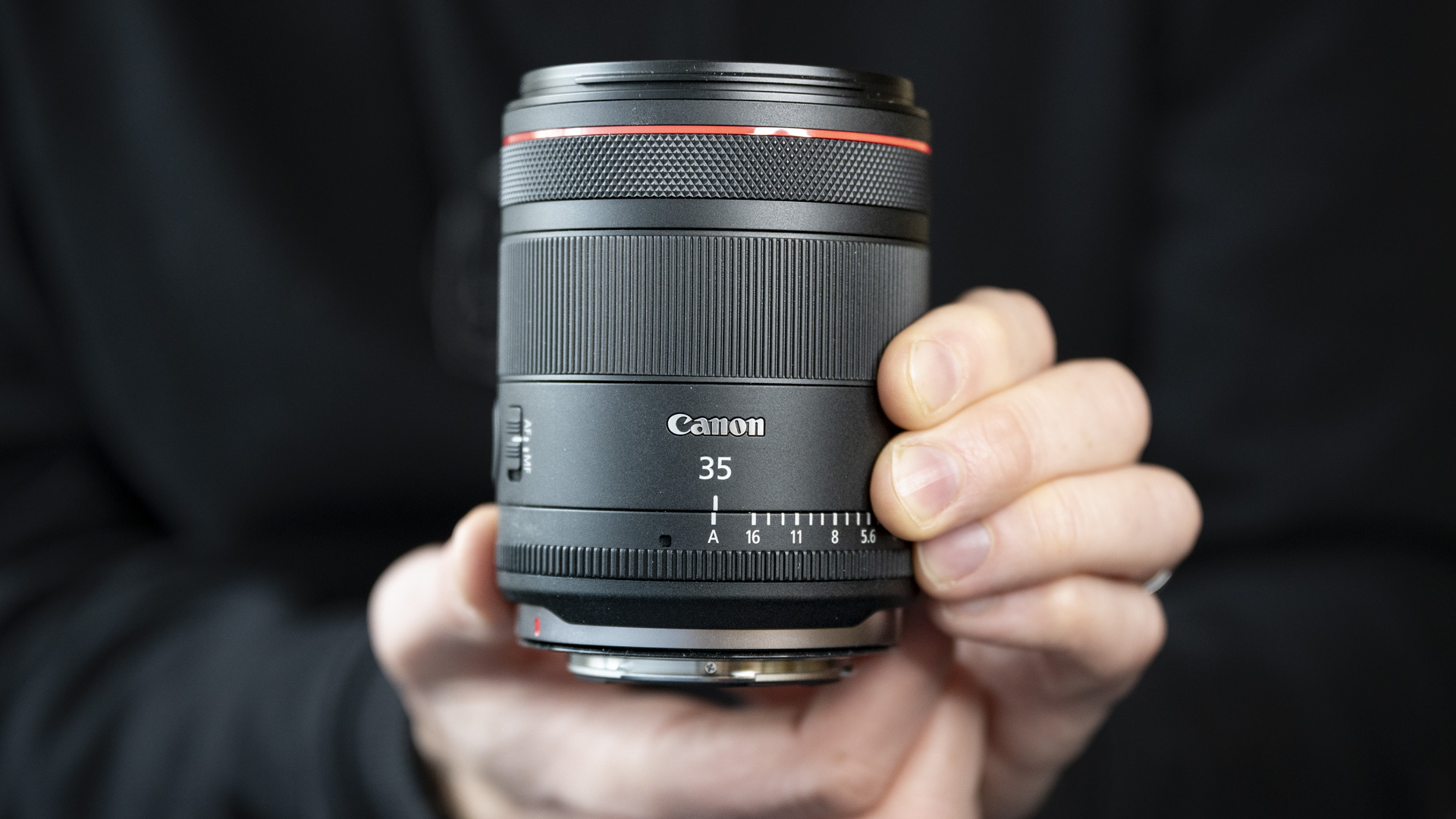
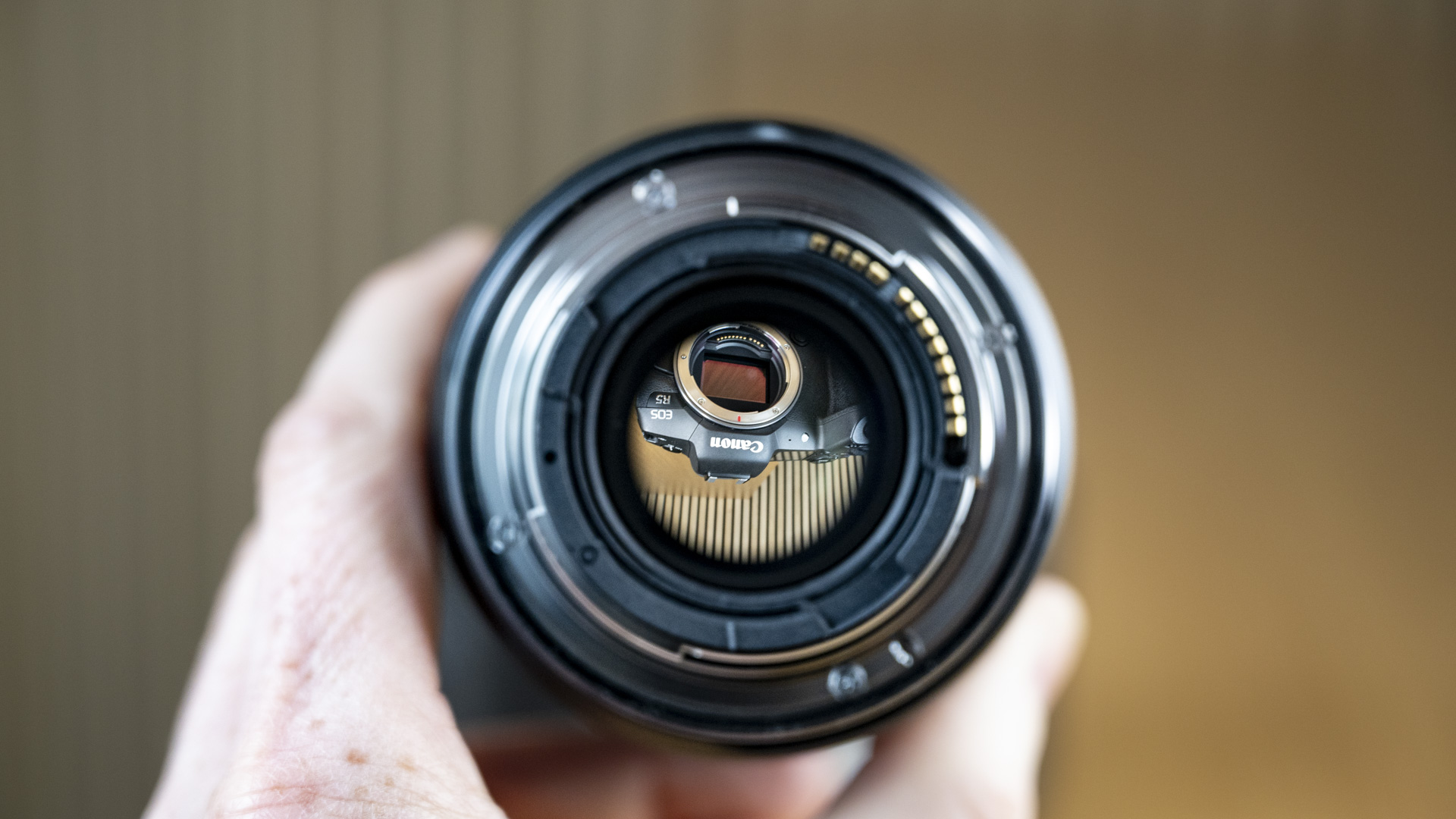
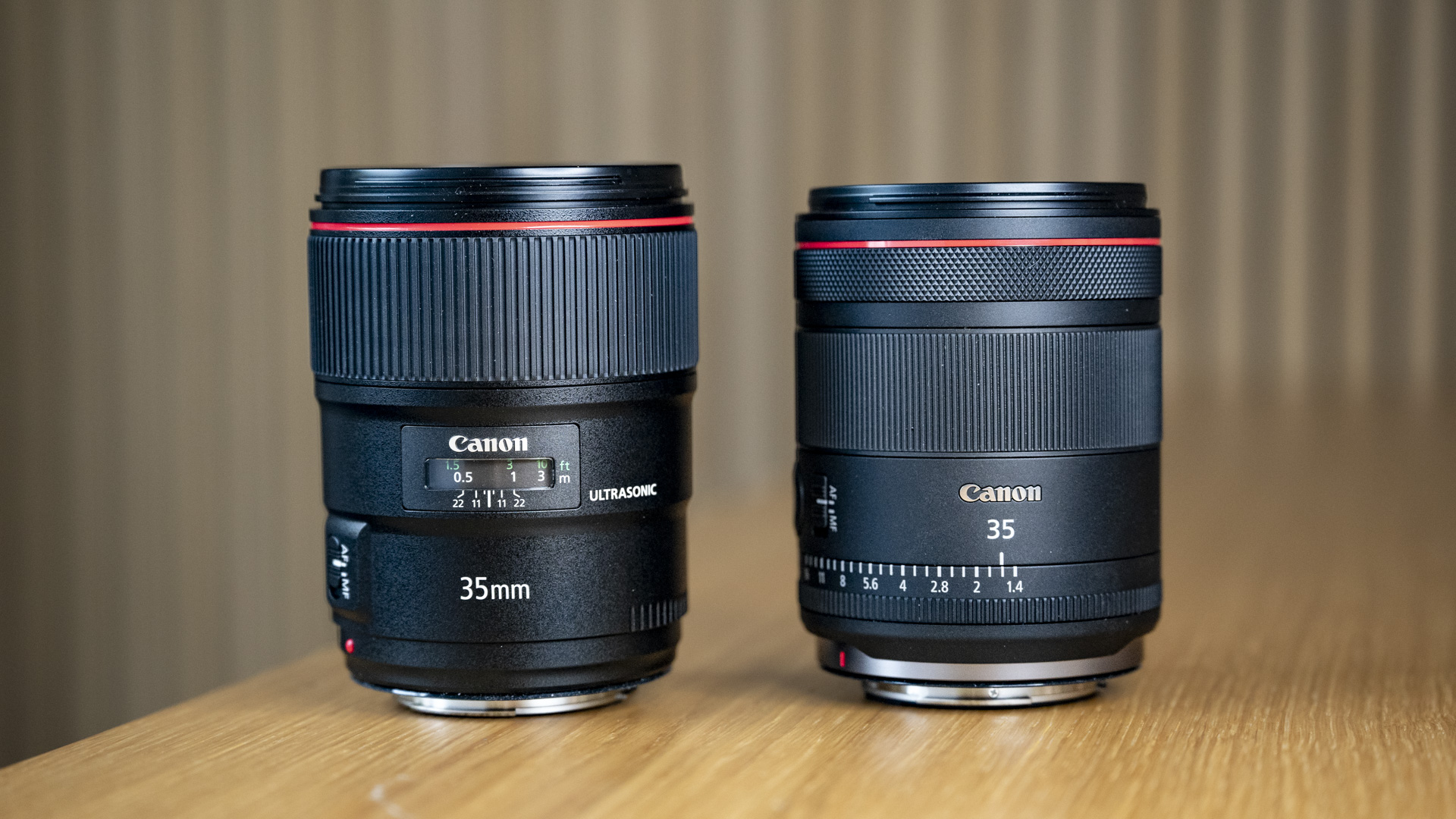
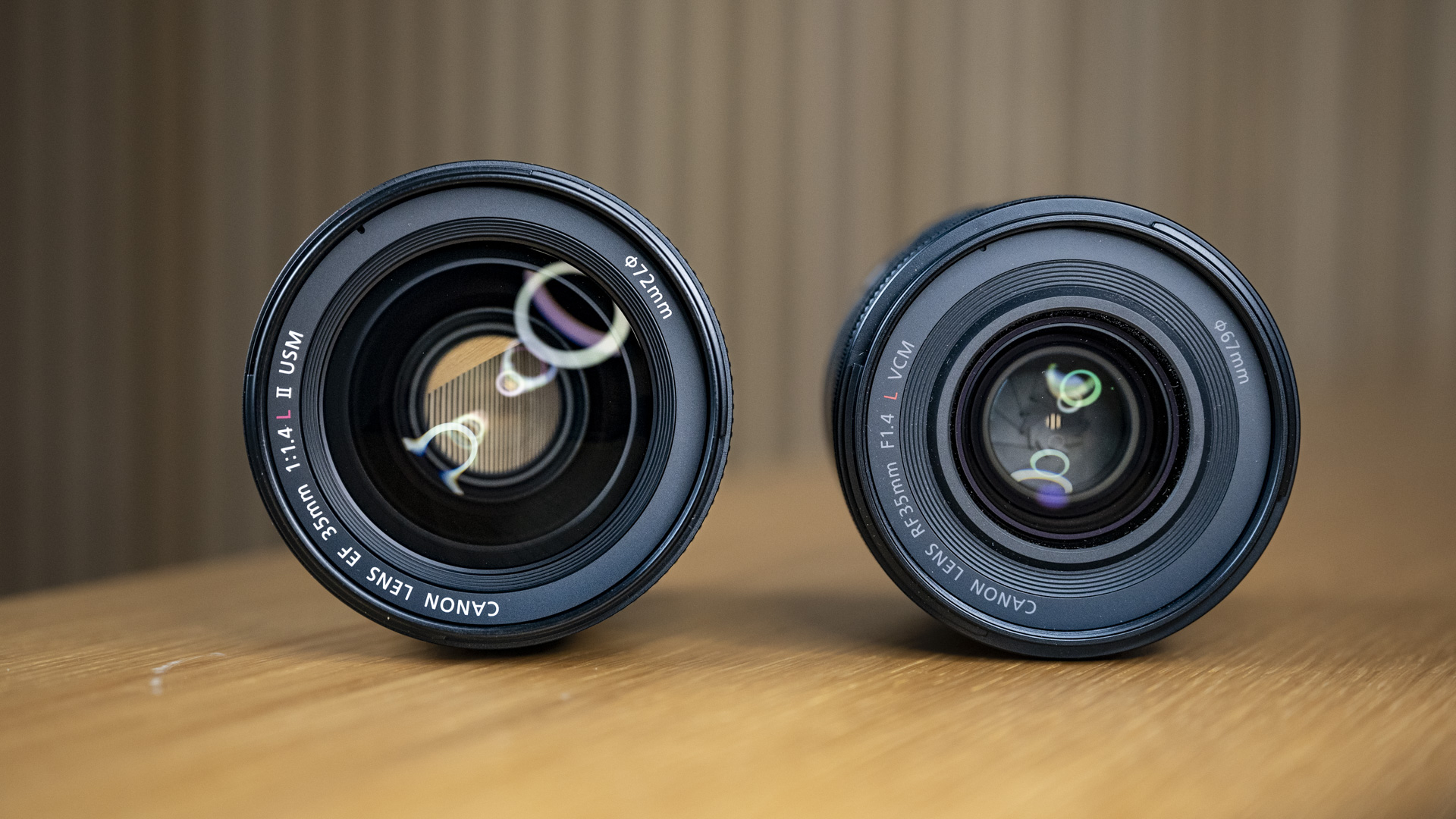
As a hybrid lens, the RF 35mm F1.4 is great for photos but also offers video-specific features that you don't get with Canon's regular mirrorless lenses, such as a smooth aperture ring (which unfortunately only works for video in this lens).
Get daily insight, inspiration and deals in your inbox
Sign up for breaking news, reviews, opinion, top tech deals, and more.
During the product briefing, Canon told TechRadar that the RF 35mm F1.4 precedes a number of other RF lenses in the pipeline that are set to feature an aperture ring, echoing Sony's long-established design practices for lenses such as the Sony FE 16-35mm F2.8 GM II.
Sales for the RF 35mm F1.4 will begin at some point in July, and the list price is $1,499 / £1,819 / AU$2,699. That's a fair whack of anyone's money, but it's actually a decent bit cheaper than the Canon EF 35mm f/1.4L USM II, despite the DSLR lens being almost 10 years old.
We've already had some brief hands-on time with the Canon RF 35mm F1.4L VCM, so what are our first impressions?
What's the Canon RF 35mm F1.4L VCM like?
Canon has already bestowed the RF 35mm f/1.8 IS Macro STM on us, with that lens arriving soon after the launch of Canon's all-new mirrorless camera system in 2018; but the RF 35mm F1.4L is an altogether different proposition to that low-cost everyday lens.
This is a dust- and weather-resistant lens that many pros have been hankering for, with a seriously quick maximum f/1.4 aperture and an 11-blade aperture for smooth bokeh.
It's constructed with 14 elements in 11 groups, including two UD and two aspheric elements, and is designed for improved balance, unlike often front-heavy DSLR lenses. At 19.5oz / 555g and with an evenly distributed weight, the RF 35mm F1.4 feels great in the hand with a camera like the Canon EOS R5 (see below).
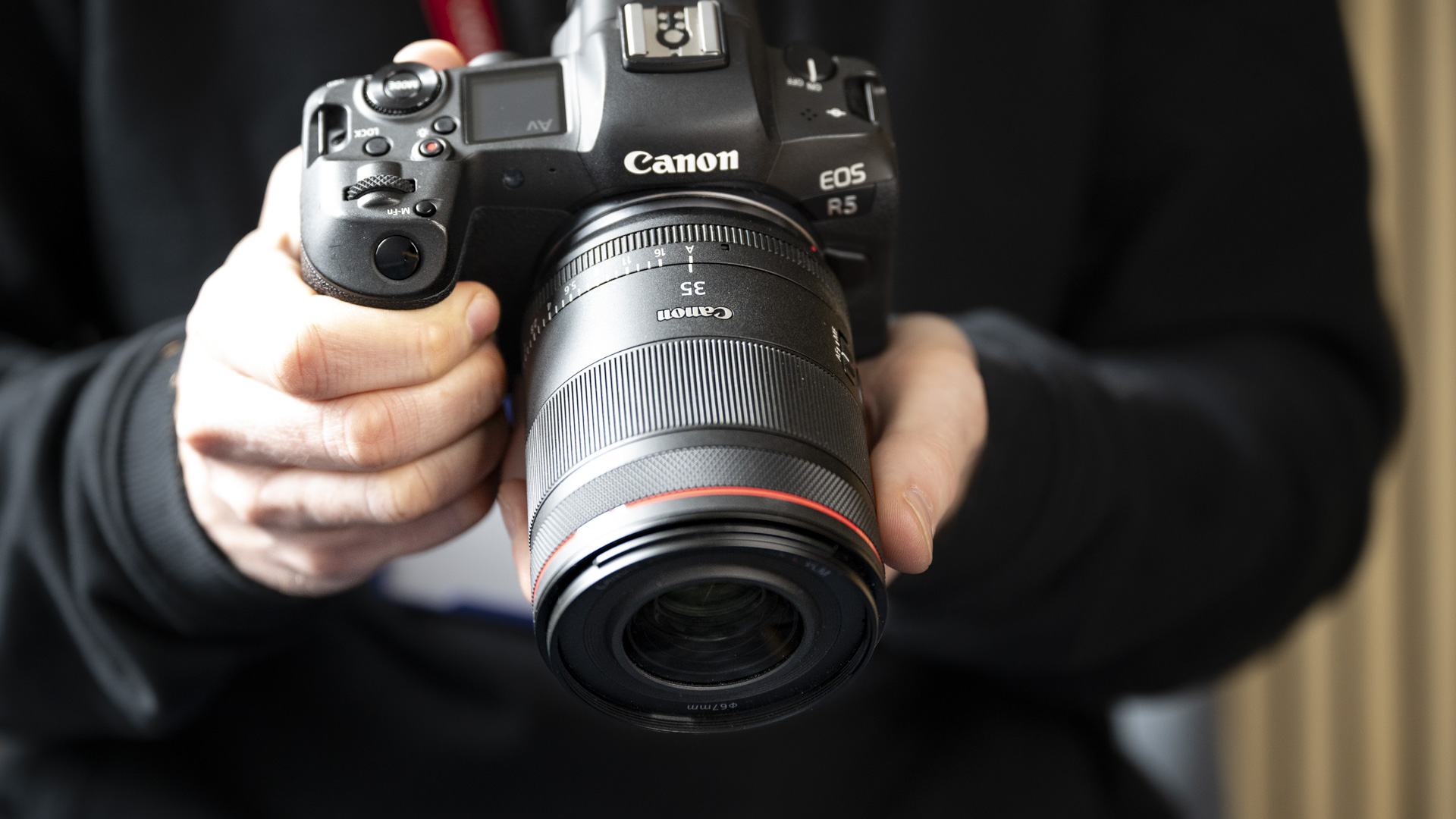
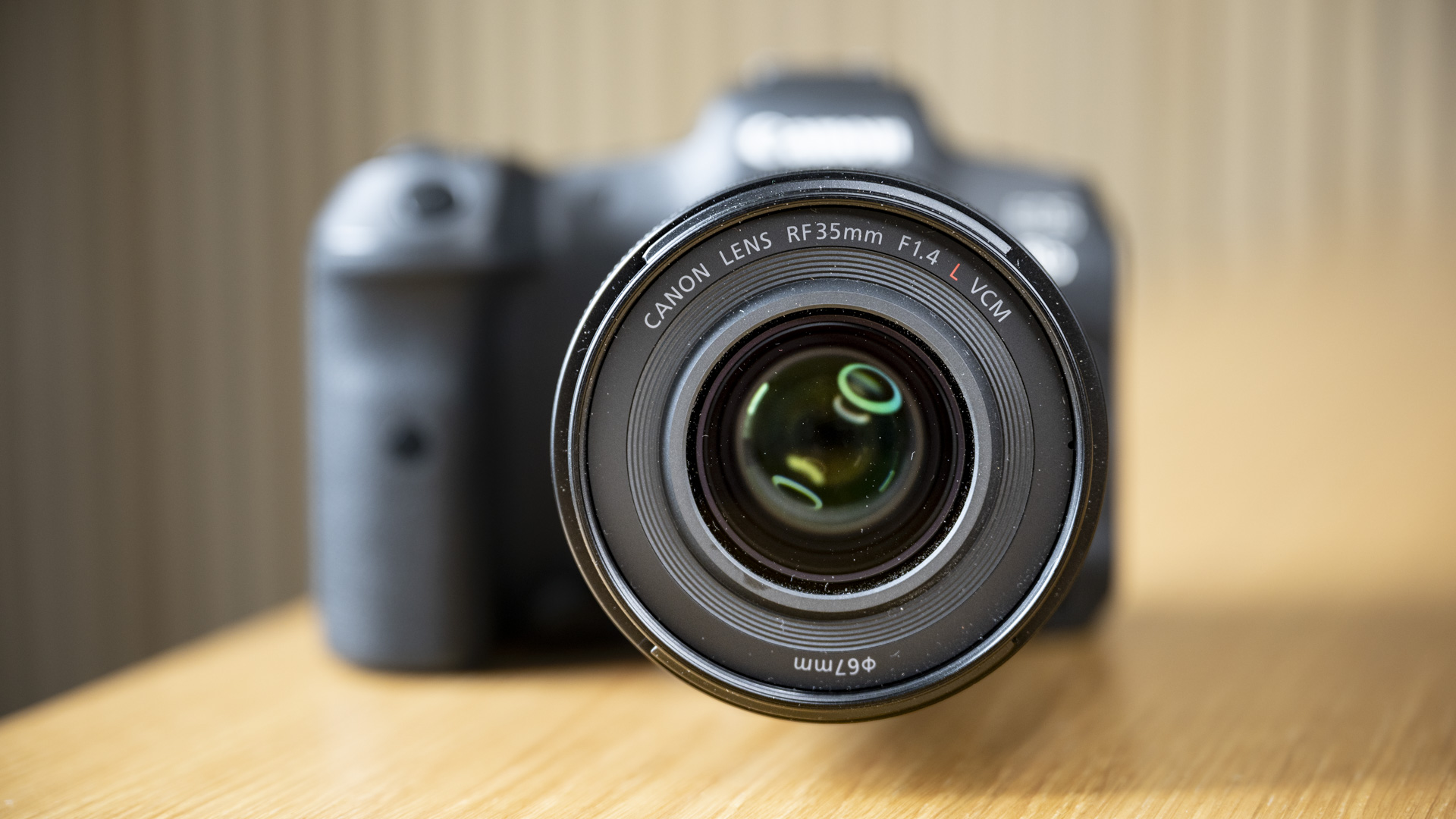
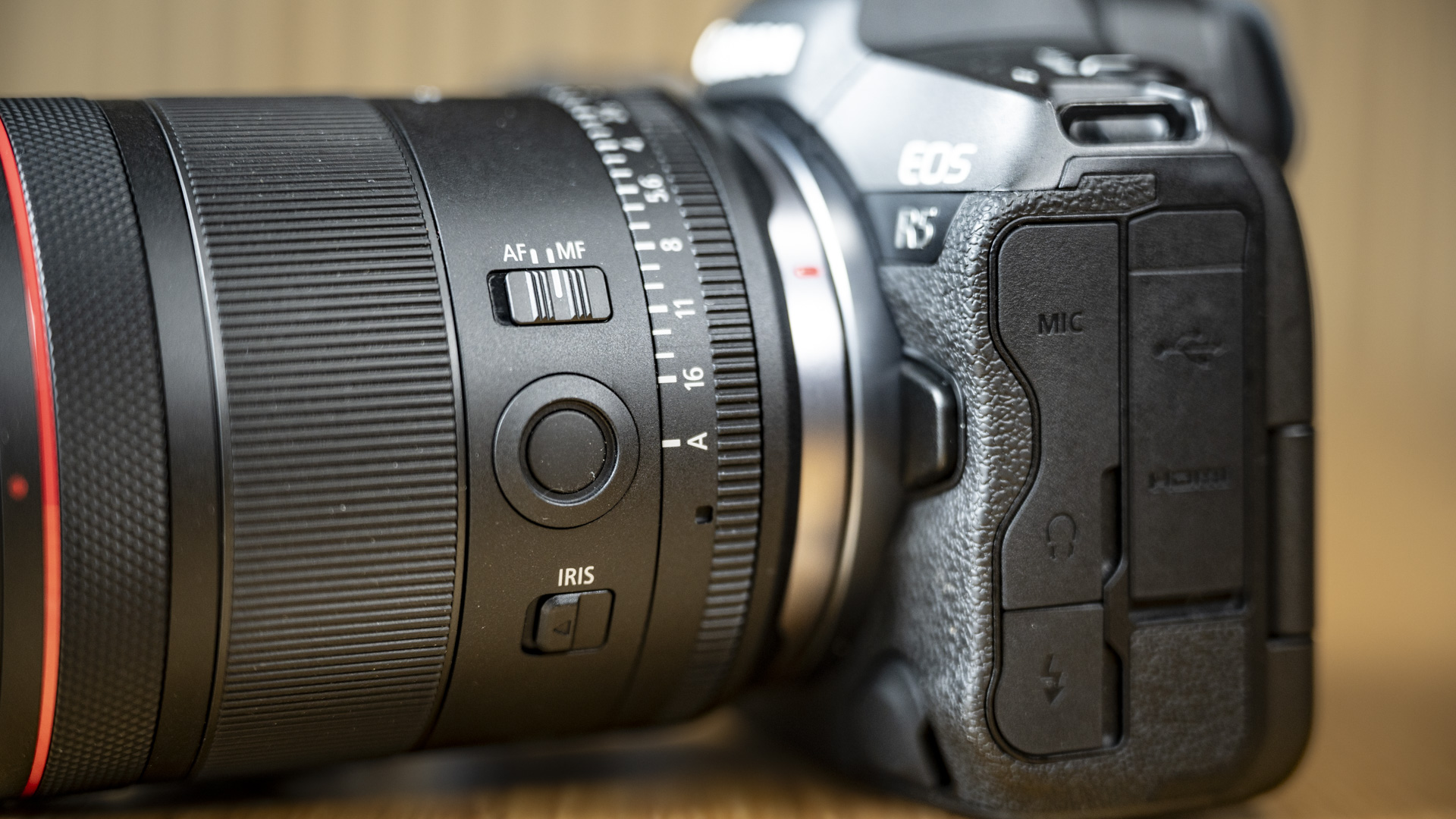
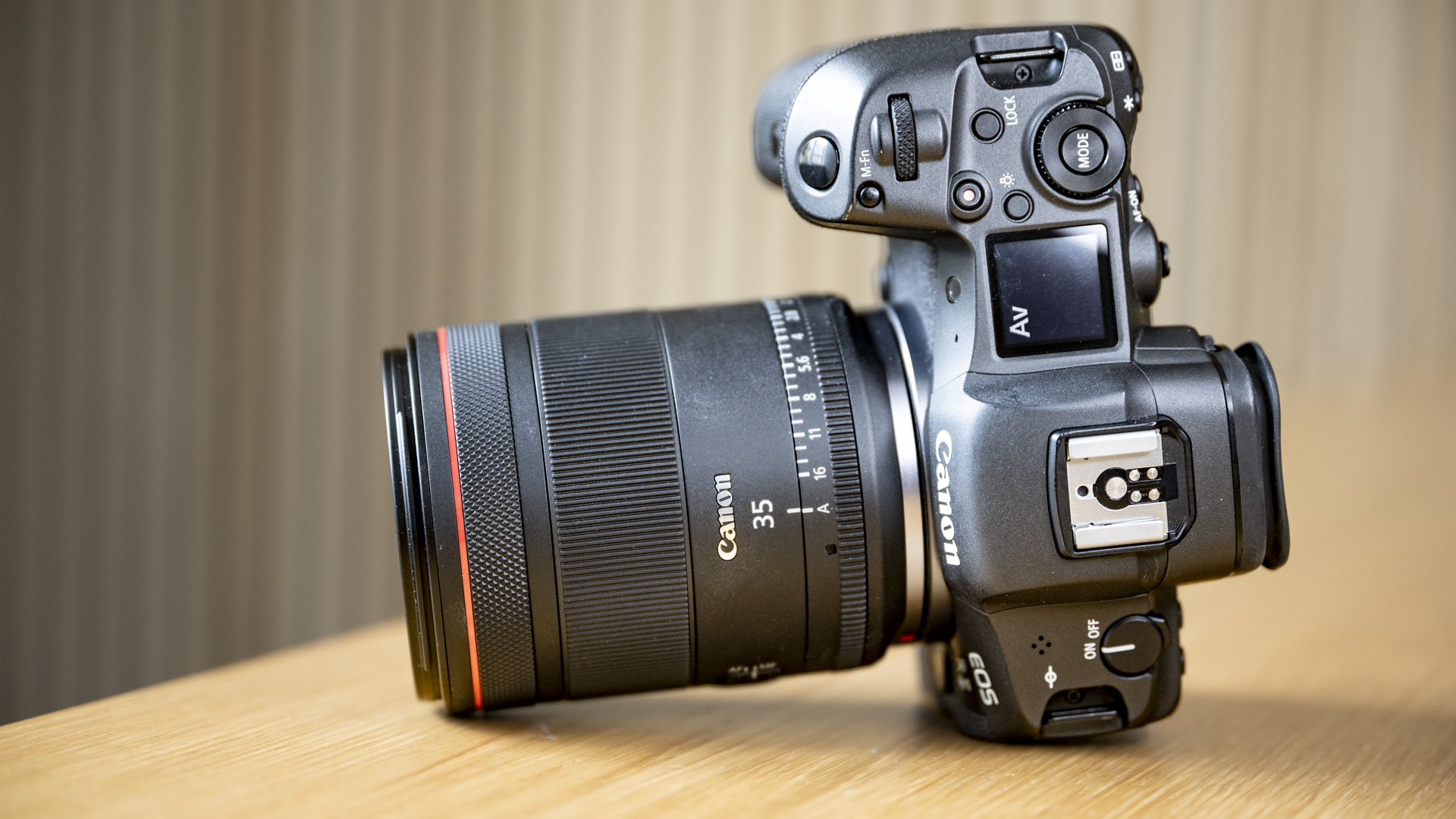
It's slightly smaller and lighter than the EF-mount version, with a smaller front filter thread of 67mm and a neat rear filter holder, plus you get up to seven stops of image stablization when the lens is paired with an EOS R camera with in-body image stablization, such as the EOS R5 and EOS R6 II.
There's some new lingo to learn here too, namely VCM, which stands for voice coil motor. This is a more powerful autofocus motor that works in tandem with the USM motor, shifting the heavier lens elements for quick and silent autofocus, and I was blown away by just how quickly and silently the new lens' autofocus operated.
One thing I can't fully comment on at this stage is image quality, though I did grab the only full production sample of the lens in the UK to take the self-portraits you can see in the galleries below.
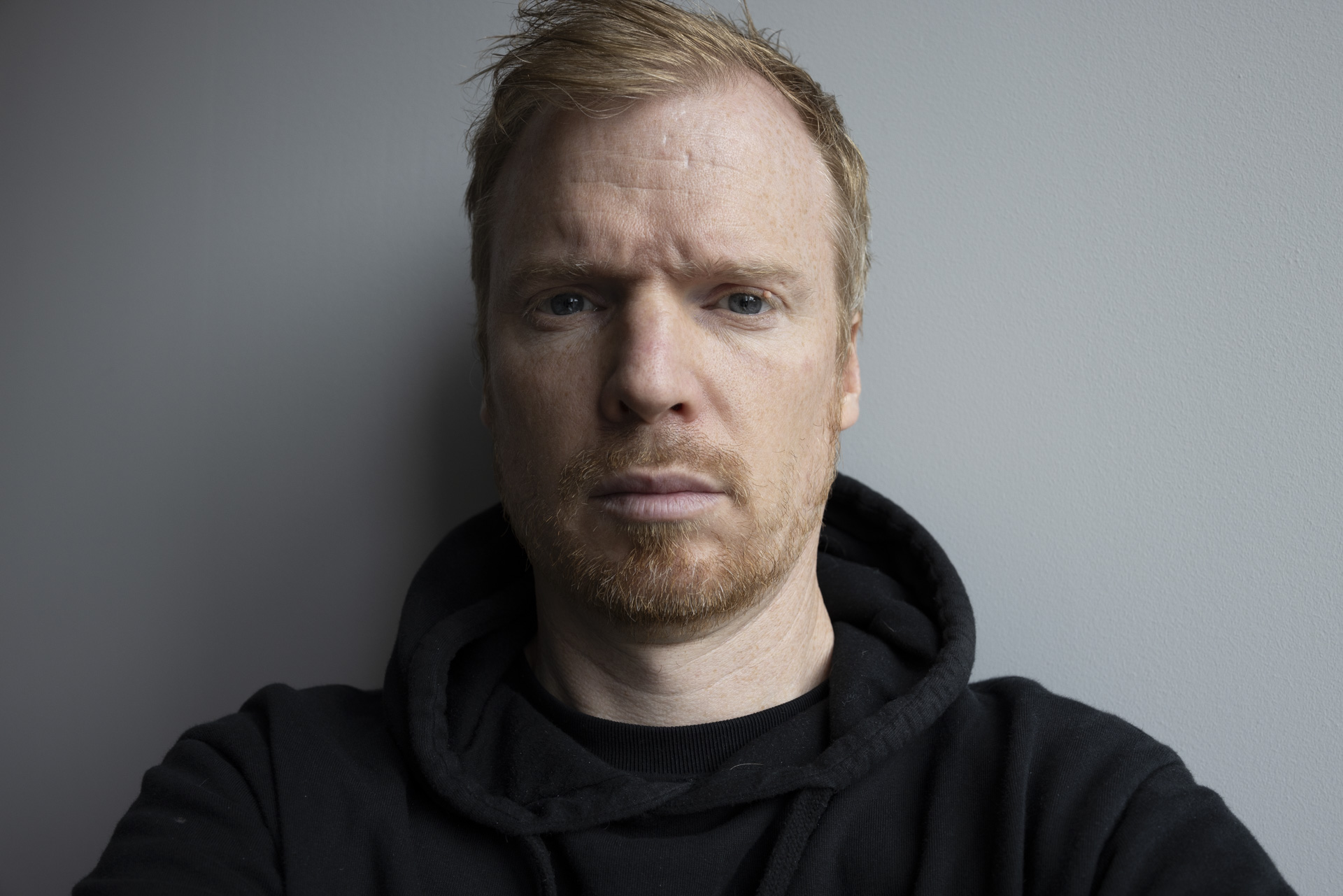
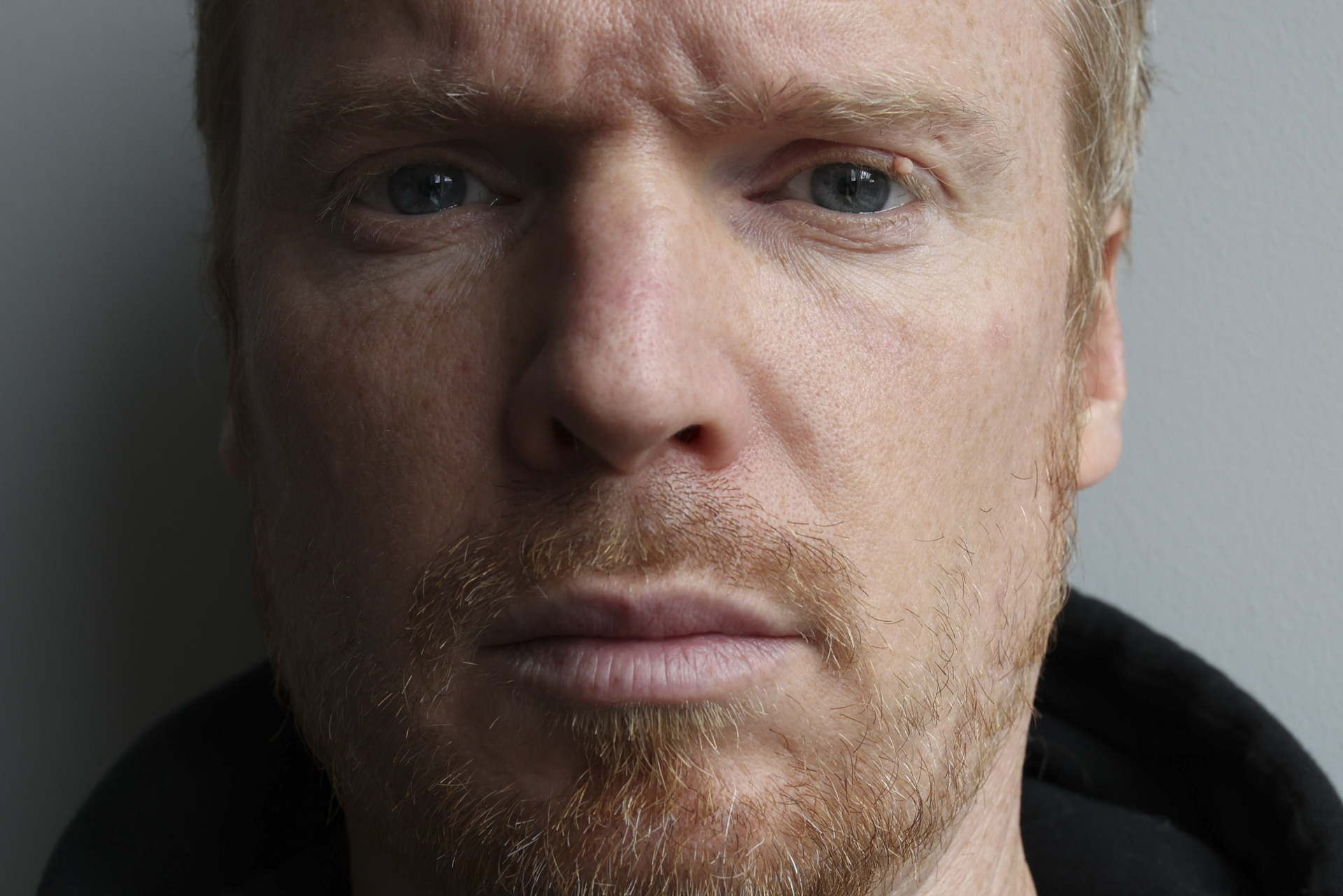
Where the subject is in sharp focus, detail is really crisp, whatever the aperture. I'm not seeing a dramatic change in lens sharpness for in-focus areas from f/1.4 to a typically optimum f/5.6 aperture for a lens like this. You can see one full-size image and then the close-up to get an idea of lens sharpness at f/5.6 above.
I also took the same photo at all full-stop apertures and with all lens corrections turned off to get a quick idea of any potential imperfections in optical quality.
From those brief tests, looking over the uncorrected raw files, there's noticeable barrel distortion (see the uncorrected photo alongside the corrected JPEG, below), plus moderate vignetting at f/1.4.
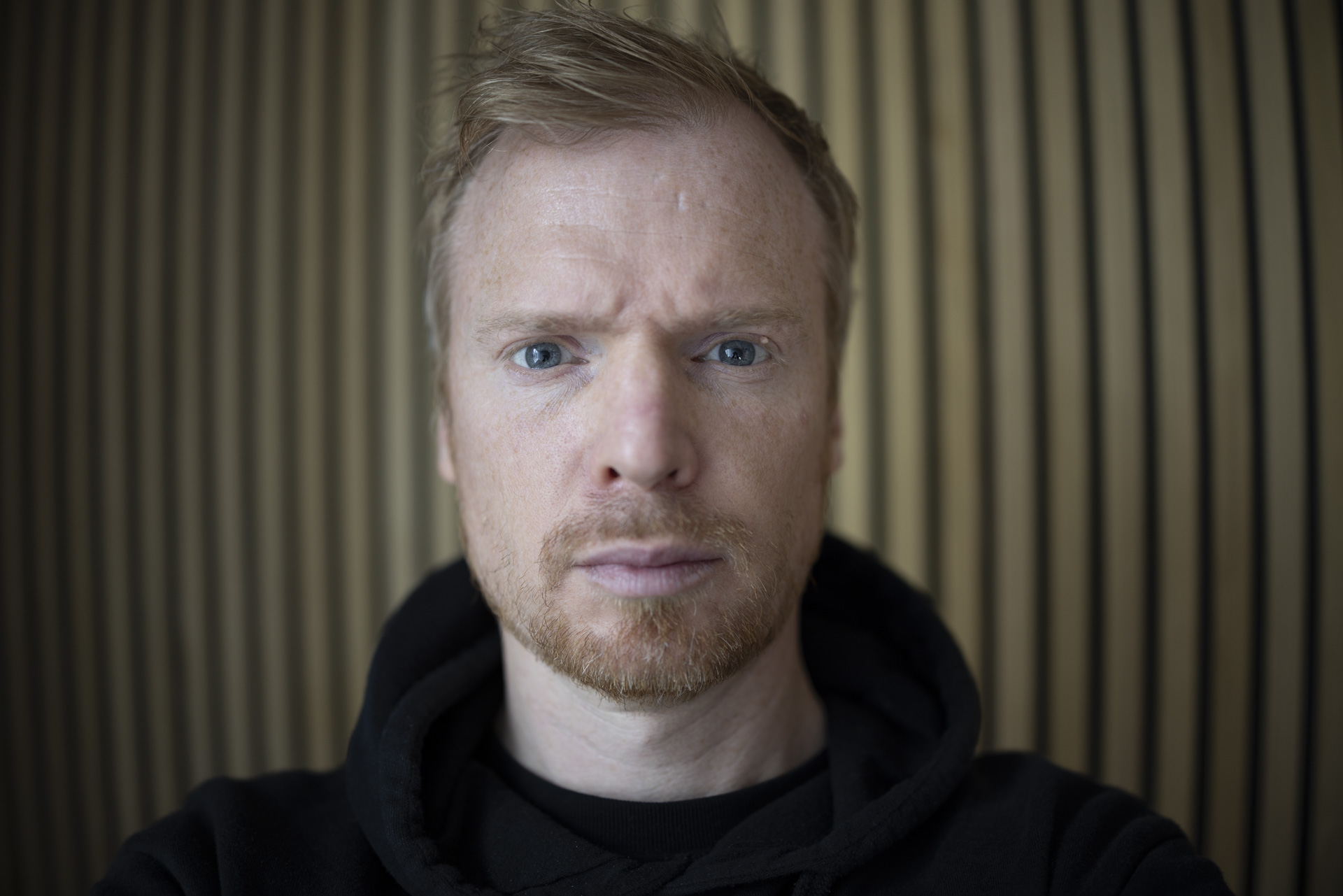
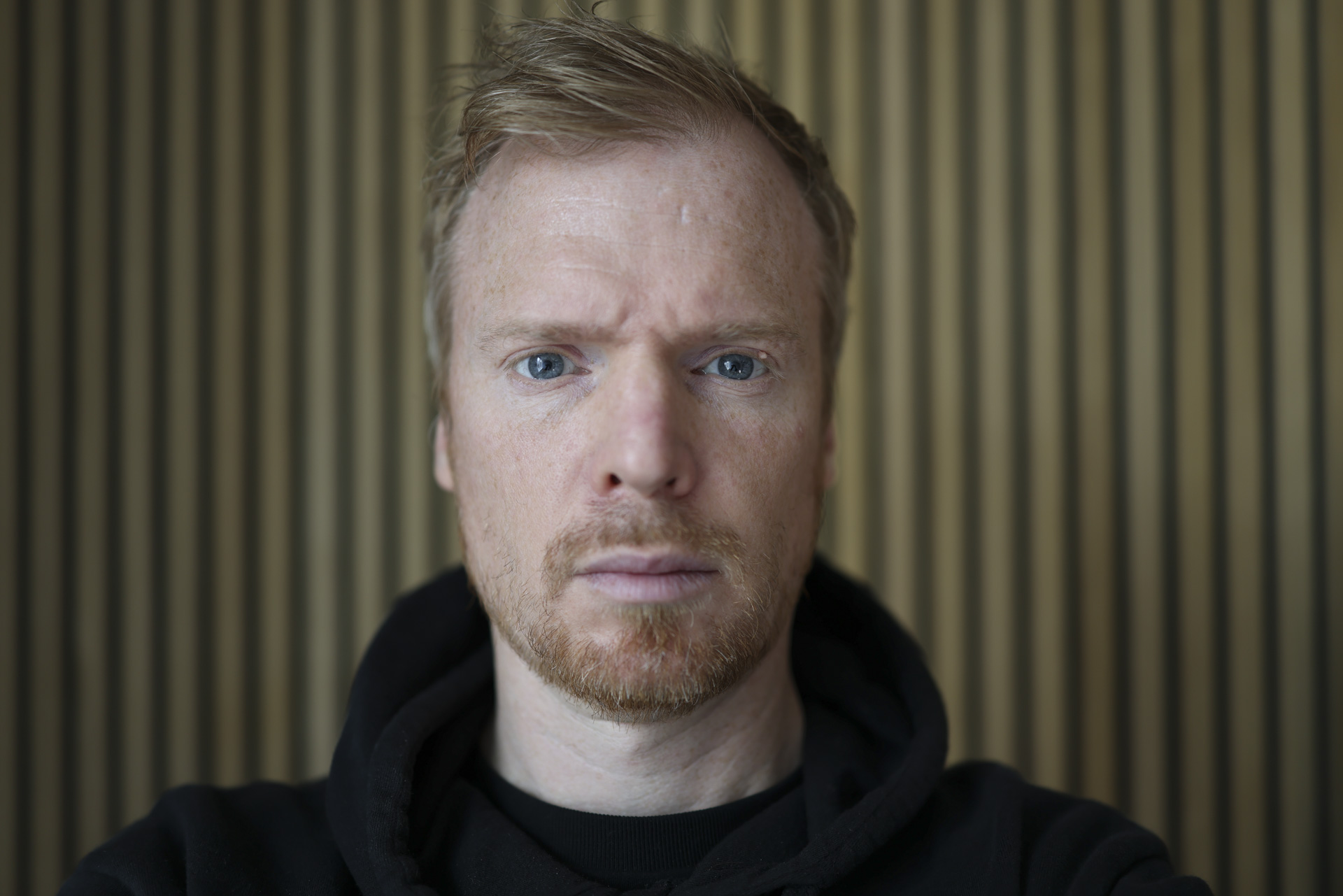
Vignetting decreases as you close the aperture down until it's essentially fully gone at f/5.6 (see the comparison between f/1.4 and f/5.6, below), though in images that aren't taken against a plain background you won't notice vignetting past f/2.8. I always stress that there's little reason to turn off those in-camera lens corrections when using a lens for real, and as you can see from the corrected JPEG, vignetting and barrel distortion are negligible with those corrections applied.
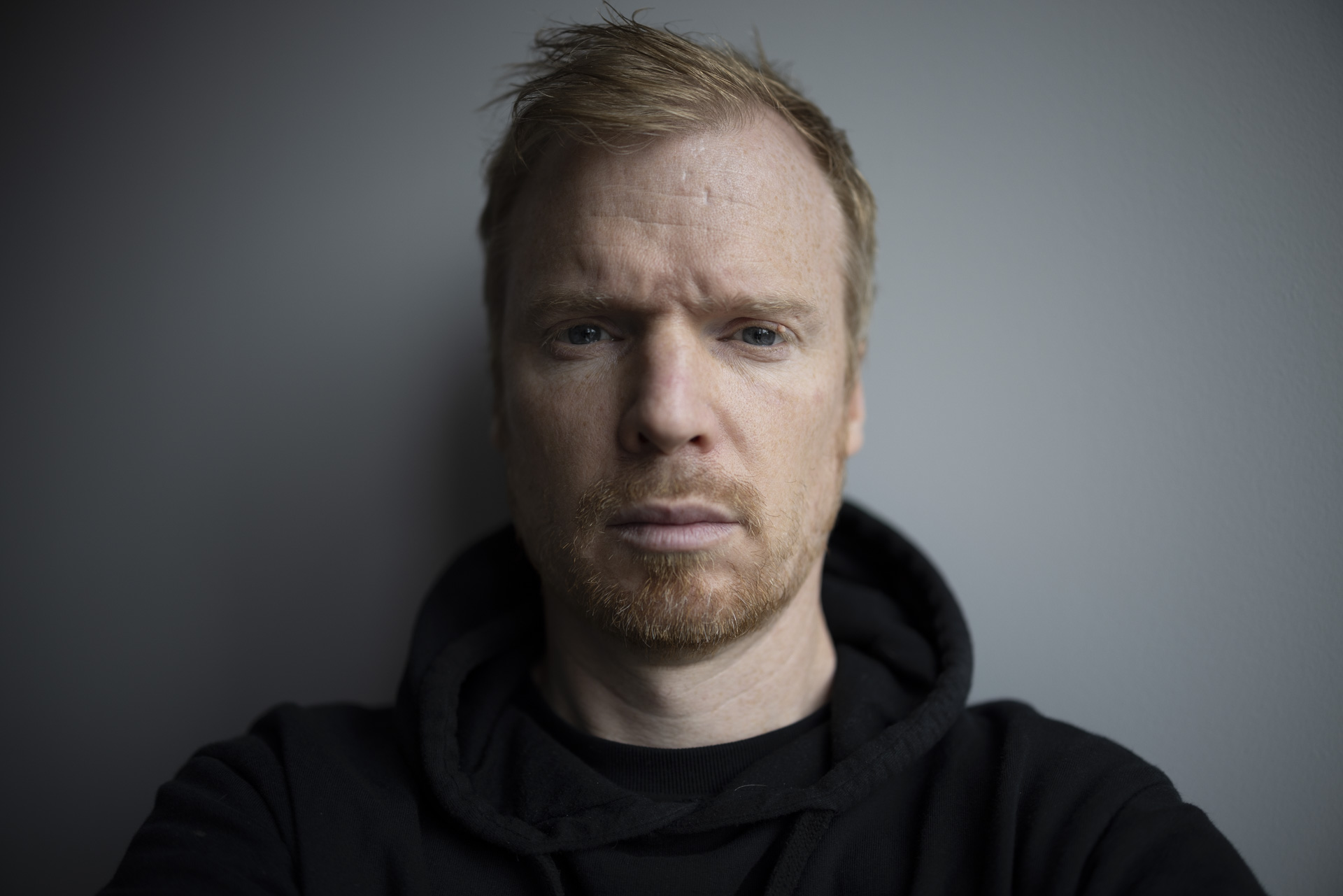

In addition to those tests, Canon told me that the RF 35mm F1.4 is sharper in the corners and has less focus breathing than the EF equivalent.
Based on just my brief time with the RF 35mm F1.4L VCM it looks like another triumph for Canon, and it's set to be snapped up by many pros.
You might also like

Tim is the Cameras editor at TechRadar. He has enjoyed more than 15 years in the photo video industry with most of those in the world of tech journalism. During his time as Deputy Technical Editor with Amateur Photographer, as a freelancer and consequently editor at Tech Radar, Tim has developed a deeply technical knowledge and practical experience with cameras, educating others through news, reviews and features. He’s also worked in video production for Studio 44 with clients including Canon, and volunteers his spare time to consult a non-profit, diverse stories team based in Nairobi. Tim is curious, a keen creative, avid footballer and runner, and moderate flat white drinker who has lived in Kenya and believes we have much to enjoy and learn from each other.